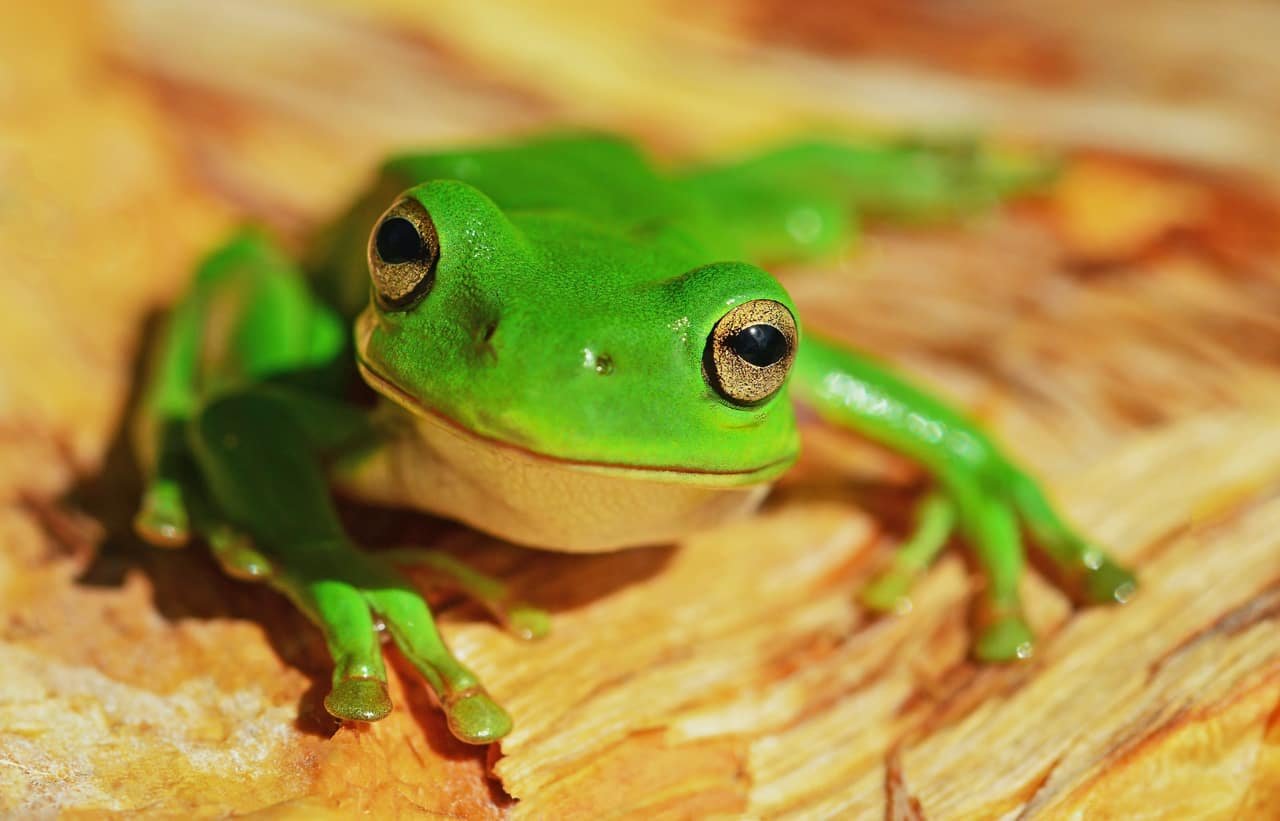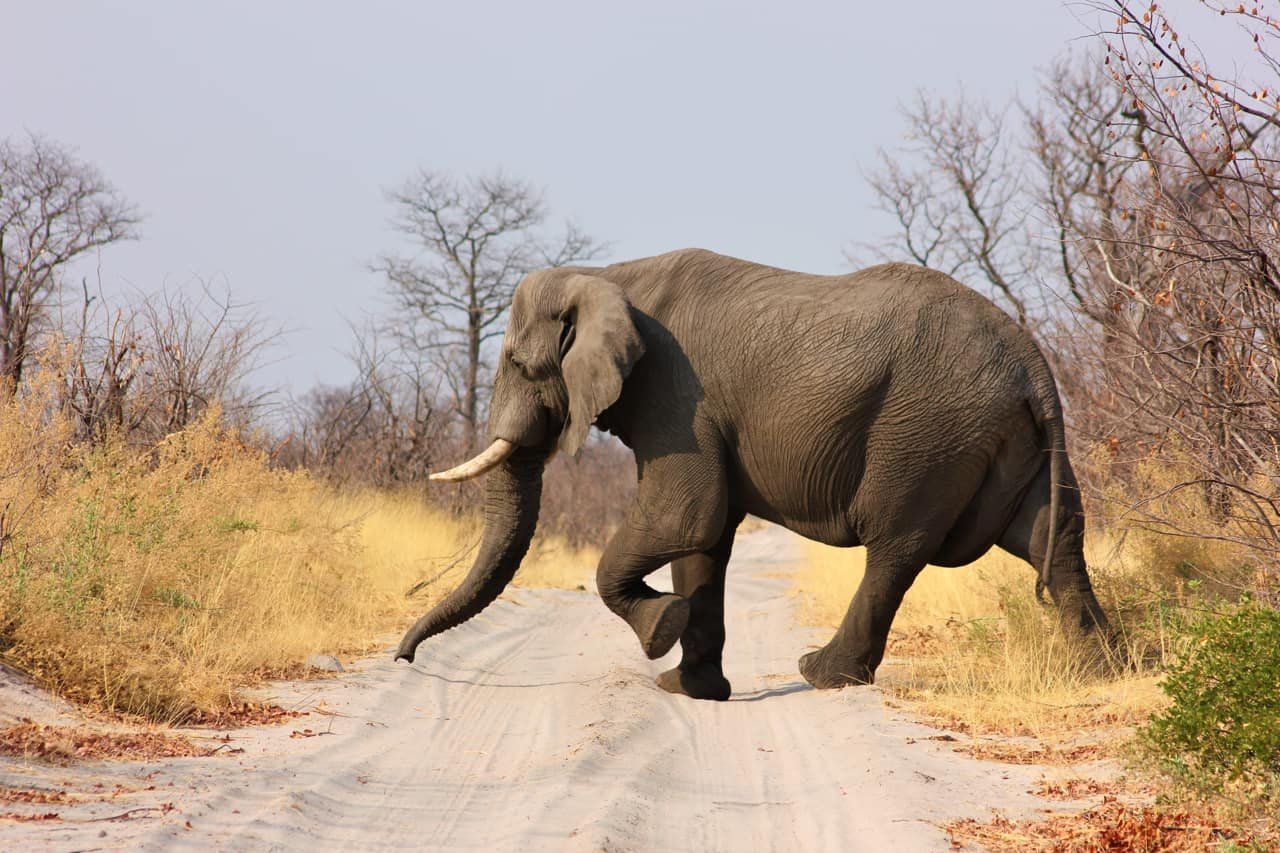A crocodile is a large amphibious reptile that lives in water. It lives mostly in large tropical rivers as an ambush predator. Crocodiles can be found in rivers, lakes, and dams throughout North America, Asia, Africa, and Australia. Some Australian crocodiles live in saltwater. Crocodiles do not breathe underwater; instead, they breathe air, just like humans. When not active, they can hold their breath for up to two hours underwater before drowning. So here are 30 amazing facts about crocodiles you may not know.
- Crocodiles are carnivores animals and eat a variety of fish, animals, and birds.
- Crocodiles are part of the Crocodylia family. In contrast, the scientific name of crocodiles is Crocodylinae.
- Crocodiles evolved at the same time dinosaurs appeared on earth. Their ancestors were archosaurs and lived about 251 million years ago.
- There are over 13 species of crocodiles on the planet.
- Baby crocodiles are often called hatchlings.
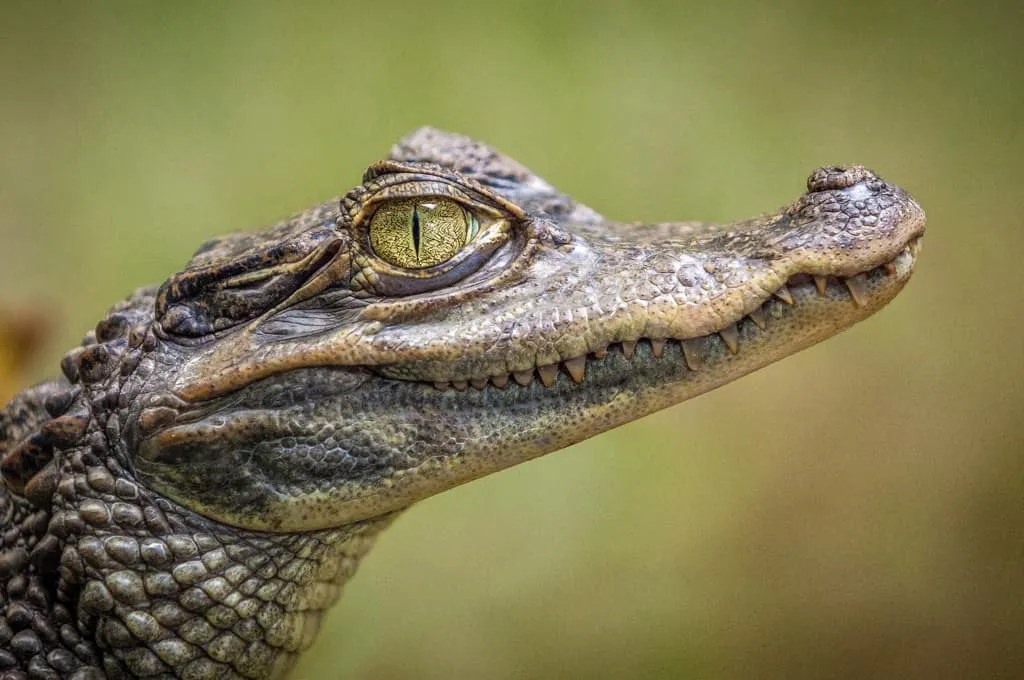
- A group of crocodiles is called a bask. Whereas a group of hatchlings is called a pod or a creche.
- Among all crocodile species, the saltwater Crocodylus porosus is considered the largest crocodile species, and even it is the largest living reptile on earth.
- A crocodile named lolong was the largest crocodile on record to be living in captivity. He was a saltwater crocodile of Crocodylus porosus species and died on 10 February 2013. The crocodile measured at 6.17 m (20 ft 3 inch) and weighed over 1,075 Kg (2370 lb).
- A freshwater Crocodile named Mr.freshie holds the record of being the oldest crocodile to have lived in captivity. He was resided in an Australian zoo and had a lifespan of over 140 years. He was born in 1870 and died in 2010.
- Crocodiles are really long-living creatures; the saltwater crocodiles have a lifespan of around 70 years. While the Nile crocodiles, which are freshwater crocodiles, can live up to 100 years.
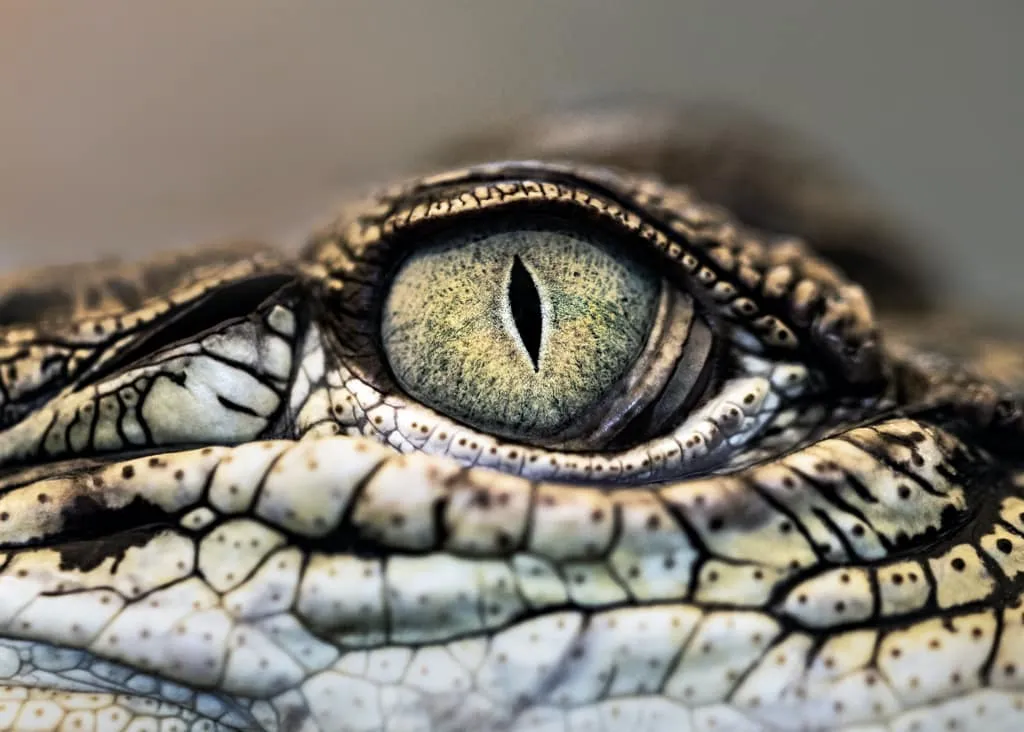
- The smallest crocodile species is the African dwarf Crocodiles. An adult of this species can be 1.5 m (4.9 ft) in length and can weigh around 18 to 32 kg(40 and 71 lb).
- The sex of a baby crocodile is determined by the temperature of the eggs in the nest and how deeply the eggs are buried. The method is called temperature-dependent sex determination.
- Temperatures below 31.7 degree Celsius is determined to be males while temperatures up to 34.5 degree Celsius are males.
- Male saltwater crocodiles reach the age of maturity at the age of 16 years and when they reach the length of 3.3m (10 ft 10 inch), while females reach the age of maturity when they are 12-14 years old, and they reach the length of 2.1 m(6ft 11inch).
- Freshwater crocodiles are not as large as saltwater crocodiles, and males tend to reach the age of maturity when they reach 2 meters in length. Whereas females reach the age of sexual maturity when they reach the length of 1.5 meters.
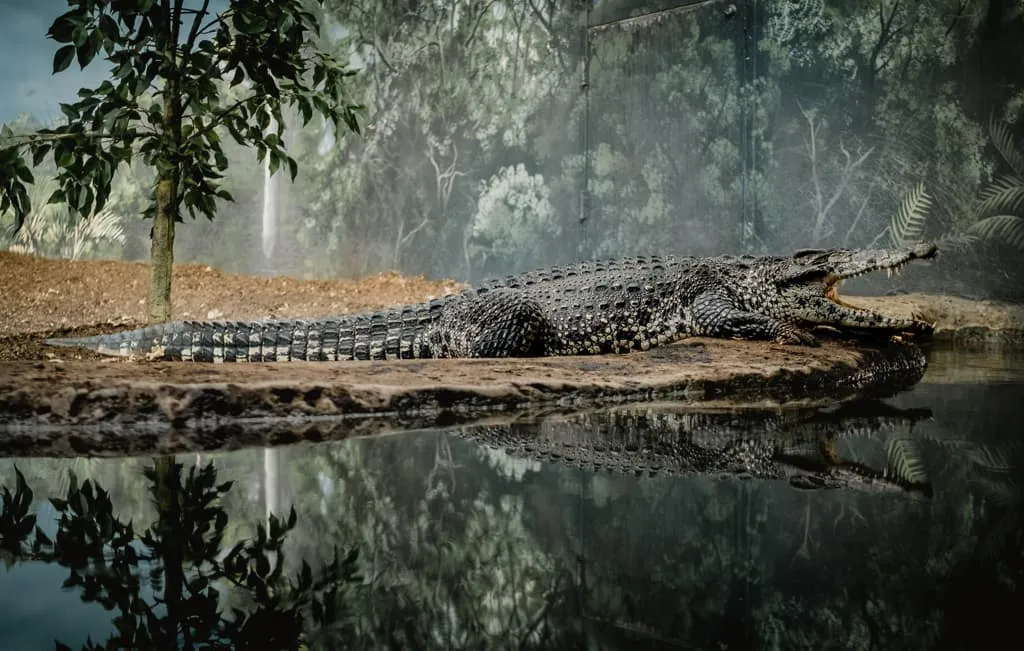
- A crocodile can run at speeds of up to 11 to 22 mph (17 to 35 kph), depending on species to species.
- The main difference between crocodiles and alligators is that crocodiles have pointed v-shaped noses while alligators have U-shaped snouts. Crocodiles have olive-brown body whereas alligators have dark and black bodies.
- They have about 64 big and small teeth, which are being constantly replaced. They can go through over 3000 teeth in their complete lifetime. Every tooth is hollow, with new ones growing inside the old ones.
- The saltwater crocodiles (Crocodylus porosus ) have sharp canines of up to 4 inches long.
- Freshwater crocodiles breed in dry seasons, usually in mid-summer in the southern hemisphere and mid-winters in the northern hemisphere. Whereas saltwater crocodiles are opposite and breed during the wet season.

- Depending on species, Crocodiles lay about 7 to 95 eggs in one breeding. Whereas the gestation (hatching) period lasts up to 2-3 months.
- The crocodile’s jaw can open and shut but cannot move from sidewise. They have very powerful muscles that hold the jaw, and when it closes, it holds their prey pretty hard and firmly.
- Crocodiles have unique and complex hearts. Like humans, they have a four-chambered heart that reduces the oxygen loss in their bodies.
- Crocodiles have the strongest bite of any other animal or mammal in the world. The Nile crocodile has the strongest bite force among all species, with about 5000 PSI of pressure.
- In 1945, during world war two crocodiles killed 980 out of 1000 Japanese soldiers who entered a mangrove swamp to escape from the British navy.

- Crocodile’s eyes have a horizontal line of tightly packed receptors called the fovea, which helps them to scan the full shoreline for prey.
- A crocodile can never stick its tongue out of its mouth as it is attached to the bottom of the mouth by a membrane.
- Crocodiles can swallow stones and pebbles that stay permanently in their stomachs till they die. This helps them in swimming deep into the waters. The stones that stay in the stomachs of animals are called gastroliths.
- Crocodiles live and survive in tropical regions for a reason. They are cold-blooded animals and are unable to generate their own heat. During the months of winters, they go dormant and hibernate.
- Crocodiles do have a taste bud to taste their food and an excellent sense of smell as well.
- There are special sense organs embedded in their organs like body, legs, head, and even tail which works like motion detectors. With the help of these organs, they feel the presence of another animal and catch their prey.





